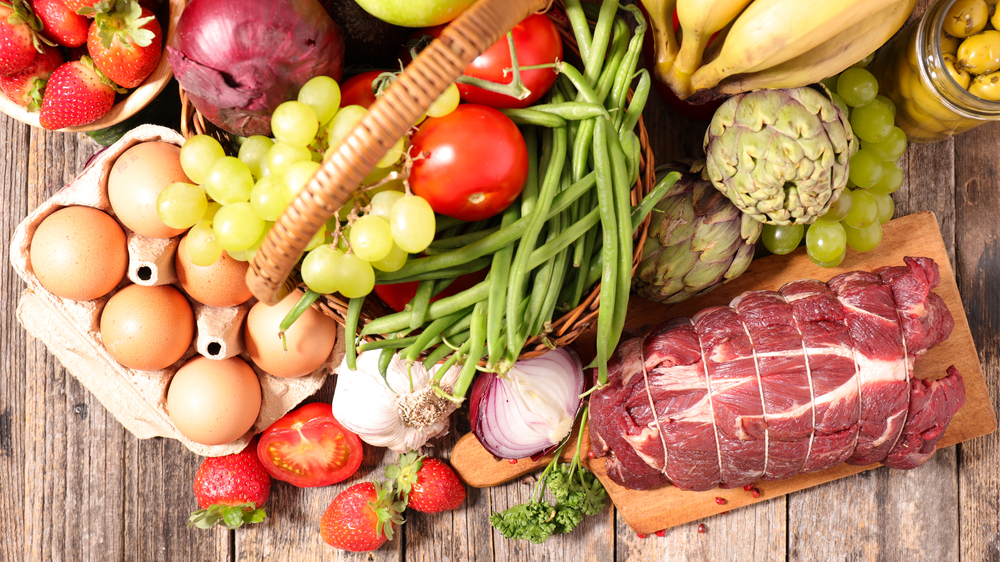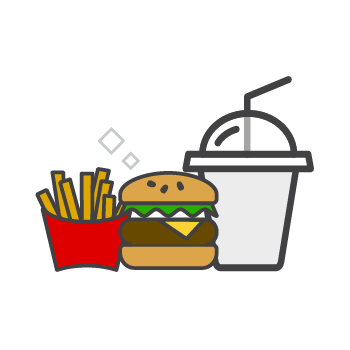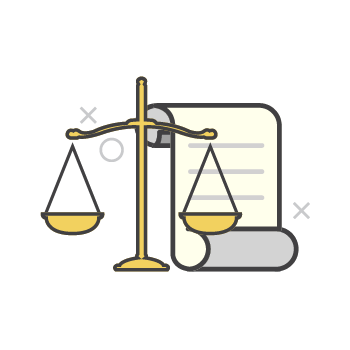A beginner’s guide to the Paleo diet
by Karen Rollins Sep 10, 2018

The Paleo diet is a fad diet which has gained increasing popularity as people look for more ways to eat healthier meals and cut out processed foods and refined sugars.
If you’ve heard of it, and have been wondering what the fuss is about, this beginner’s guide will provide some more information.
What is it?
The Paleo diet was primarily developed by Loren Cordain (PhD), a researcher from Colorado State University.
It’s named after the Paleolithic era, and is also known as the ‘Caveman’s diet or Stone Age diet’, because it’s based on advocating the foods that were eaten by early humans, rather than processed foods which are commonly found in modern diets.
A Paleo diet should be high in fat, moderate in animal protein and low to moderate in carbohydrates.
What exactly can / can’t you eat?
There’s conflicting information on what people on the Paleo diet can eat, because there’s no official Paleo authority who has outlined clear guidelines, and various practitioners have adapted the diet for their own needs.
But generally, people on the diet can eat fish, eggs, oils such as walnut or coconut, nuts and seeds, fresh fruit and vegetables and lean meat which is organic or from animals fed only on grass.
Paleo diet eaters are not supposed to have refined sugars, legumes or beans including peanuts and soy, cereal grains, dairy, potatoes, processed foods, high fat meat, salty foods and refined vegetable oils.
What are the benefits?
Paleo dieters are eating less processed foods so they’re less likely to consume artificial additives, preservatives, or chemicals. There are also well-known health benefits to consuming more fruit and vegetables, along with nuts and seeds, such as an increase in vitamins, fibre and energy.
Fruit and vegetables are also proven to reduce the prevalence of cancer, high blood pressure and heart disease, while cutting out salty and processed foods can help you to maintain a healthy weight.
What are the negatives?
Some experts suggest completely cutting out legumes, grains, and dairy is not a good idea as these foods can help to reduce blood pressure and lower the risk of osteoporosis and cardiovascular disease.
Paleo eating can also be expensive and requires a lot of planning, preparation time, and of course willpower.
It has also been noted that it can be very difficult to eat out when trying to follow a Paleo diet plan because it excludes whole food groups.
Anything else?
There’s no calorie counting or recommended portion sizes, so in theory people on a Paleo diet can eat as much and as often as they’d like, as long as they stick to the permitted food groups.
Source: Health.com








